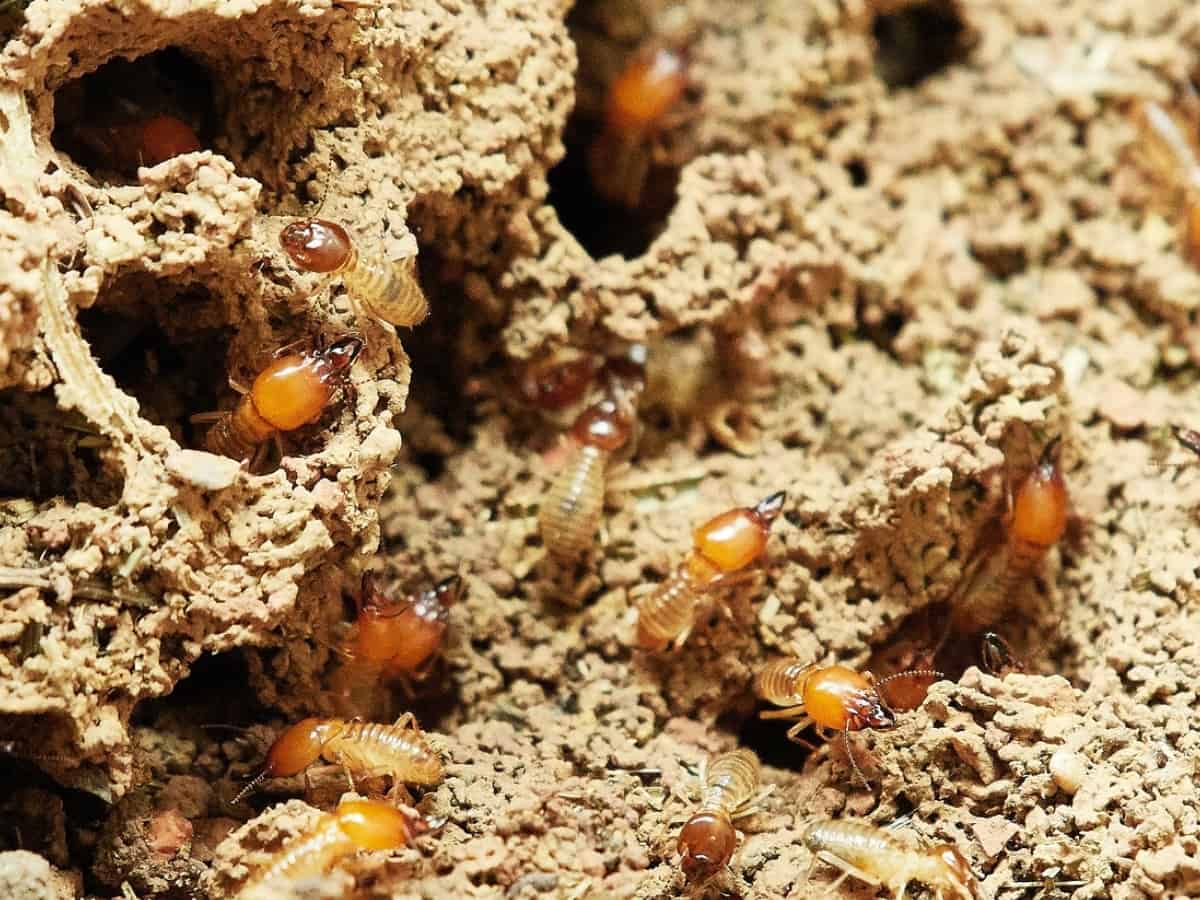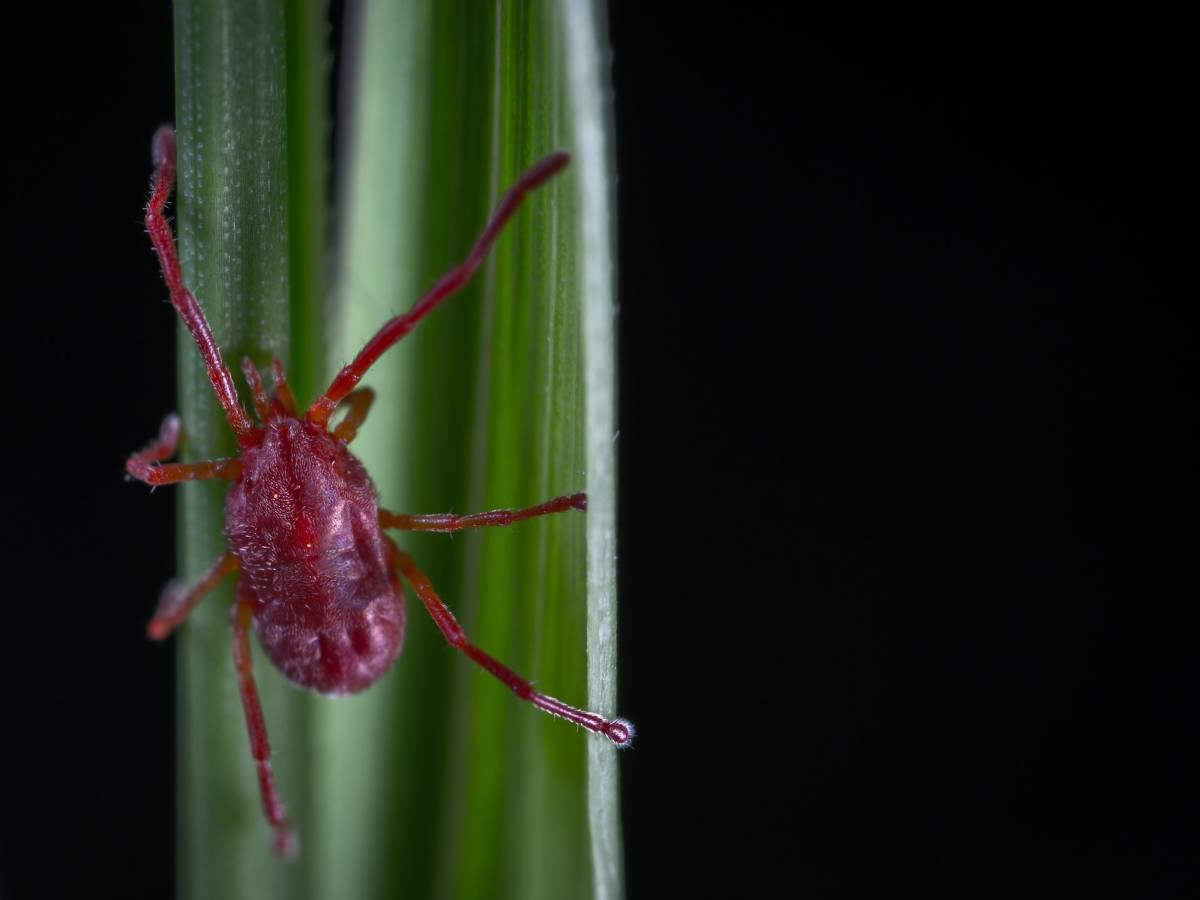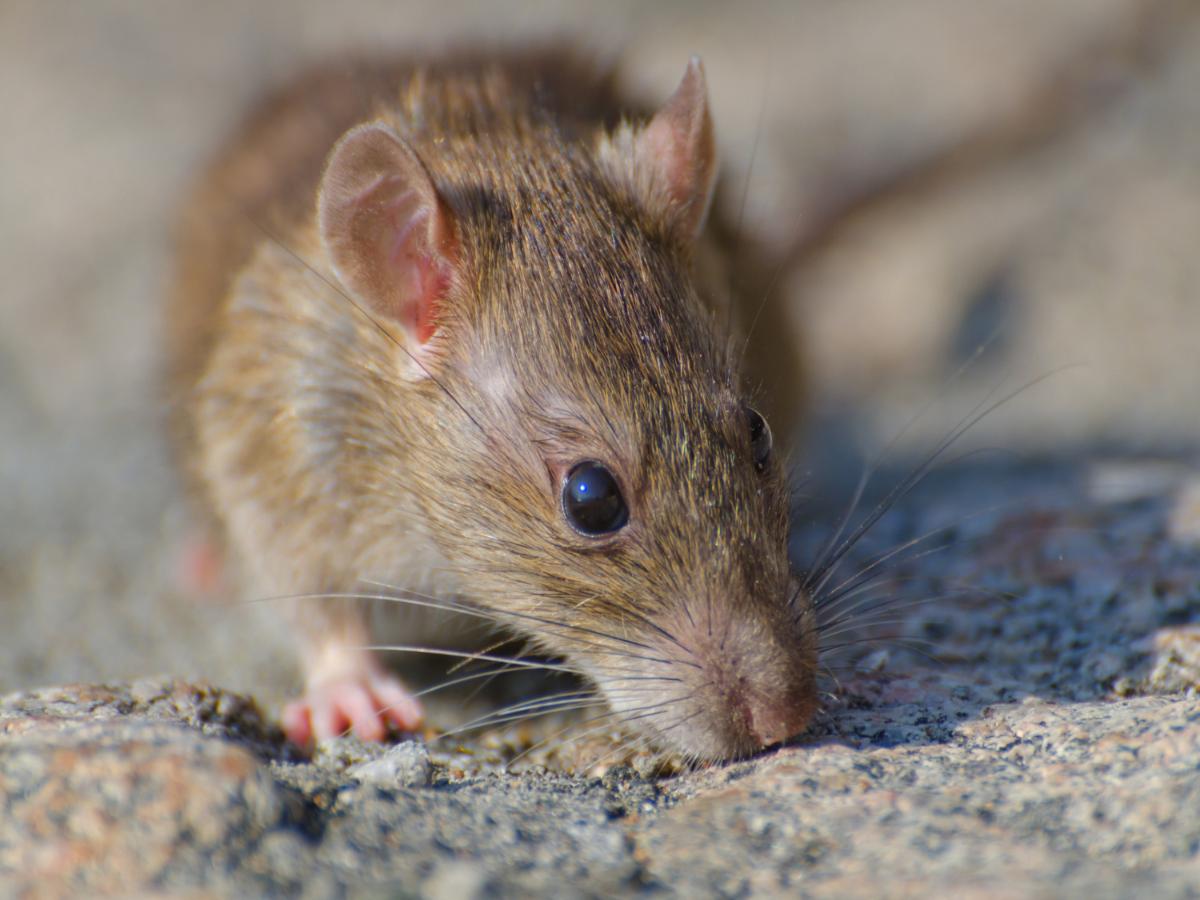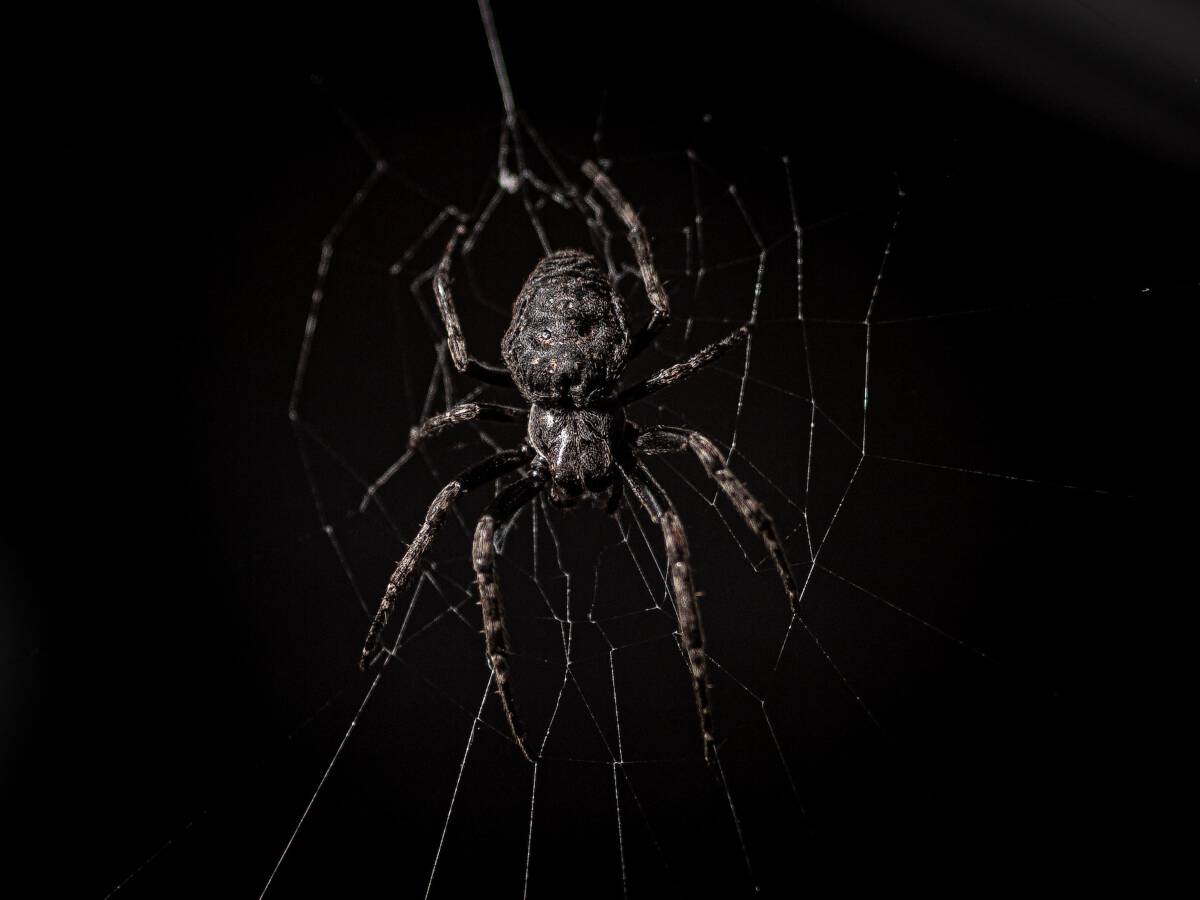Pest control companies use several techniques to eradicate pests, each of which has varying degrees of success. Simply put, some work more effectively than others.
Using pesticides to control pests is the most popular approach. These are chemicals that are designed to eradicate pests.
Experts frequently begin with non-chemical pest management. If those techniques prove ineffective, a chemical treatment comprising one or more active ingredients that are known to either kill or repel insects may be used.
In this blog post, we will be talking about the methods and products that are frequently used by pest control companies. Continue reading below if you are interested in what pest control companies use.
What Do Pest Control Companies Use?
Depending on the type of pest, region, severity, and areas of concern, different methods will be used more commonly than others. Within these general guidelines, professional pest control services usually employ the following techniques:
Physical Pest Control
Physical pest control methods include trapping, killing, and removing pests from their breeding grounds and habitats. These methods include destroying or removing nests, caulking gaps, windows, or doorways, controlling temperature to kill pests, and laying traps to capture and remove pests from the area.
There are numerous benefits to using physical pest control methods. For starters, it prevents the use of any hazardous chemicals that may harm people, plants, or animals in the vicinity. It can also be used as a preventative measure rather than a reactive one, preventing pests from entering your home.
The disadvantages of physical pest control methods differ according to the item used. The fact that many people believe it is cruel to trap animals and take them out of their natural habitat—even when done with consideration for their health and safety—is a major drawback of physical pest control that includes trapping.
Chemical Pest Control
Chemical pesticides are the most often used treatment for infestations by professional pest control services. These are chemical substances that poison and kill pests that consume or come into contact with them.
They can be placed outside in areas where pests are known to congregate or be used in tandem with actual traps. They come in a variety of forms, including liquids, granules, dusts, and sprays.
(The advantages and disadvantages of chemical pest control methods will be discussed in detail below.)
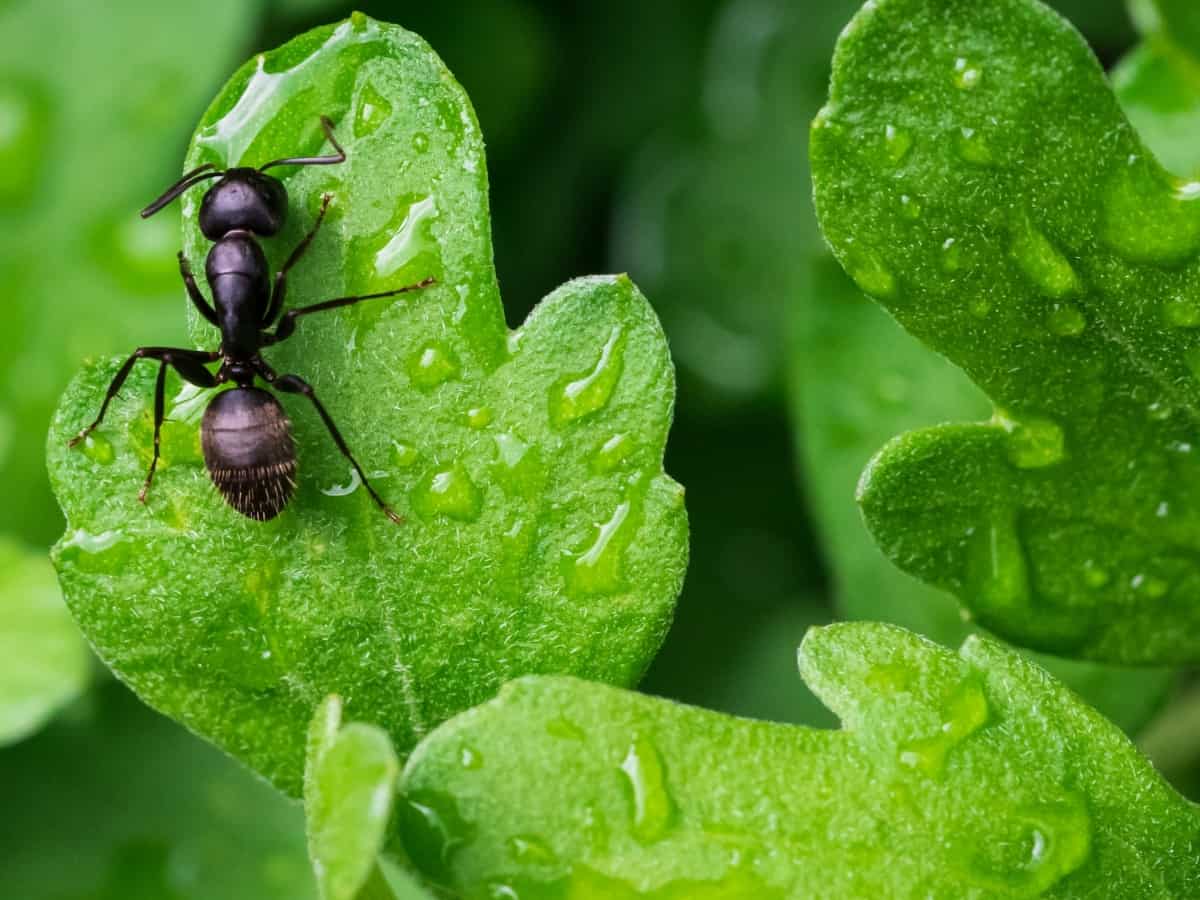
Biological Pest Control
Using plants, animals, or an organic compound is a common alternative to chemical solutions for pest control. These methods are also referred to as natural pest control solutions.
Nonetheless, depending on your situation, these are usually regarded as do-it-yourself techniques that supplement expert pest control services rather than being an alternative.
A common biological pest control method used by gardeners nowadays to safeguard a variety of plants in home gardens is the use of microorganisms.
Another one is introducing a pest’s natural predator into the same environment to control the pest population.
Biological control may be the most environmentally friendly method of pest control, but it should be used with caution because it can disrupt the delicate balance of the ecosystem.
Organic and Green Pest Control
As more and more homeowners seek green, organic, and eco-friendly pest control solutions, contemporary pest control companies are creating new products and services with the goal of increasing safety and effectiveness.
Organic pest control products are an attractive alternative to chemical pest control for those concerned about the environment because they are made entirely of natural ingredients that are safe for humans, pets, and the environment.
According to the EPA, some environmentally friendly pesticides work similarly to conventional pesticides but carry a lower risk of side effects. The most knowledgeable pest control professionals will apply these treatments—which are usually preventative measures—effectively in areas of importance.
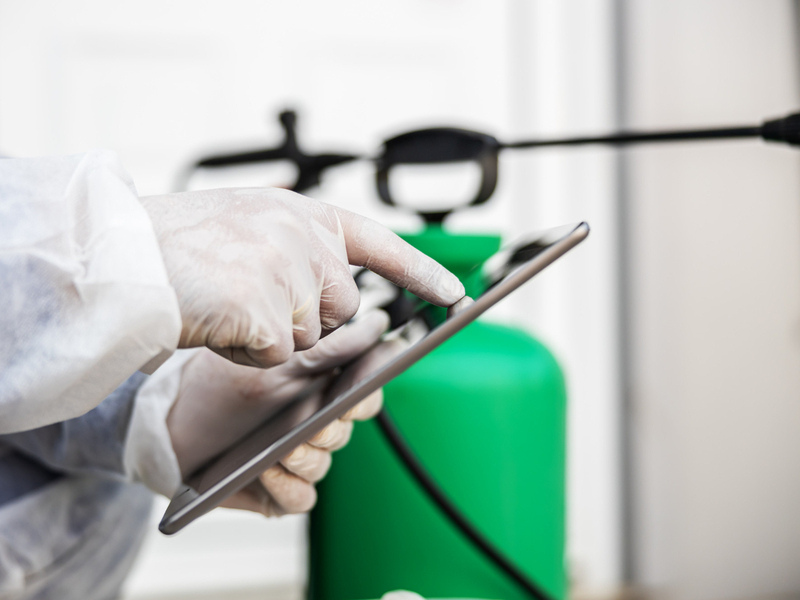
What Chemicals Do Pest Control Companies Use?
It is crucial to understand the products used by pest control companies in different situations, as different pests call for different treatments and methods of control. Down below are a few of the most often-used substances and insecticides:
- Bacillus thuringiensis (BT): This biological insecticide works well against grubs, caterpillars, and other larval pests. It is derived from a bacterium that lives in the soil. Honeybees can be poisoned by one type of BT as well.
- Boric acid: This substance, which is made of boron, kills insects when they eat it. Insects that groom themselves, including bed bugs, ticks, lice, fleas, moths, flies, beetles, and spiders, are often treated with boric acid.
- Fipronil: This insecticide, which is frequently used to treat beetles, roaches, ants, fleas, ticks, weevils, termites, and many other insects, works by interfering with the central nervous system of pests. Both liquid and powder forms are commonly used. However, the spray has a mild toxic nature and should only be applied by professionals. Even then, they should notify you and your family about the areas that are impacted.
- Hydramethylnon: Common uses for this synthetic pesticide with a slow-acting formula include treating termites, crickets, ants, silverfish, cockroaches, and other bothersome pests. It is consumed by social pests, who then provide it to their colonies.
- Indoxacarb: This is an oxadiazine pesticide that acts against lepidopteran (winged insects such as butterflies and moths) larvae. However, the most popular use of this active ingredient is to treat cockroaches and ants, particularly in agricultural applications. It can also be found as an active ingredient in many household insecticides.
- Malathion: This synthetic organophosphate insecticide is frequently used to control flies, mosquitoes, and other bothersome pests, such as fleas and ticks on pets.
- Pyrethrin: This organic substance, which comes from chrysanthemum flowers, is widely used to treat a range of common pests, such as ants, moths, fleas, mosquitoes, and flies.
- Permethrin: This synthetic pesticide is frequently used as a substitute for pyrethrin since they have many similarities. Many pests, such as lice, scabies, and mosquitoes, are frequently treated with permethrin.
- Piperonyl Butoxide: Since it is not very effective by itself, this pesticide is added to treatments rather than being used on its own. Although it is not very harmful to people or animals, it is recommended to minimize your contact with any pesticides that are applied. It is frequently combined with products that are used to control lice, ticks, fleas, and mosquitoes.
- Pyrethroids: Comparable to pyrethrin, this class of synthetic pesticides is frequently utilized as a stronger substitute. Pyrethroids are frequently used to treat ants, bedbugs, cockroaches, mosquitoes, and occasionally lice.
There are numerous chemical options available to pest control companies, each with pros and cons of their own. Knowing the different kinds of chemicals used in pest control can help you choose the right one for your situation.
Pros of Using Chemicals for Pest Control
The efficiency of chemical pesticides in managing pests is one of their key benefits. To ensure maximum impact, these substances undergo extensive testing and formulation to target particular pests.
Chemical pesticides also help protect crops from harm and increase crop yields in addition to controlling pests. Farmers can protect their crops and increase yields with chemical pesticides, increasing revenue and guaranteeing food security.
The prevention of disease transmission is one of chemical pesticides’ most important advantages. Numerous pests are known to transmit dangerous diseases to both humans and animals. Chemical pesticides lower the risk of outbreaks and safeguard public health by helping to eradicate these disease-carrying pests.
Cons of Using Chemicals for Pest Control
Chemical pesticides have a lot of drawbacks, most notably negative health effects on humans. Ingestion, inhalation, or skin contact with these toxins can result in acute and long-term health problems, such as cancer, neurological disorders, and respiratory troubles.
Extended usage leads to pests developing a resistance to pesticides, which calls for stronger chemicals. Moreover, pesticide residues can linger in food, water, and soil, contaminating ecosystems and posing a threat to organisms that are not the intended targets.
Furthermore, indiscriminate application can damage beneficial insects that are essential for pollination and pest control as well as disturb natural ecosystems. Together, these elements demonstrate the serious risks to human health and the environment that chemical pesticides pose.
Top Products for Pest Control in your Home
There isn’t a single pest control solution that works for every type of house. After all, determining the most effective pest control plan for your circumstances involves taking into account your area, the infestation, and your property. To prevent and get rid of any pest infestations, the most crucial thing is to find reliable and secure pest control.
For the best results, we advise turning to professional pest control solutions for homeowners who are having pest issues. There is a far greater chance of success when using the best pest control solutions and products applied by professionals.
The results will probably last much longer, and you won’t have to worry about doing it yourself.
If you have specific concerns about what pest control companies use for infested homes, simply speak with your pest control expert to learn about your options.


